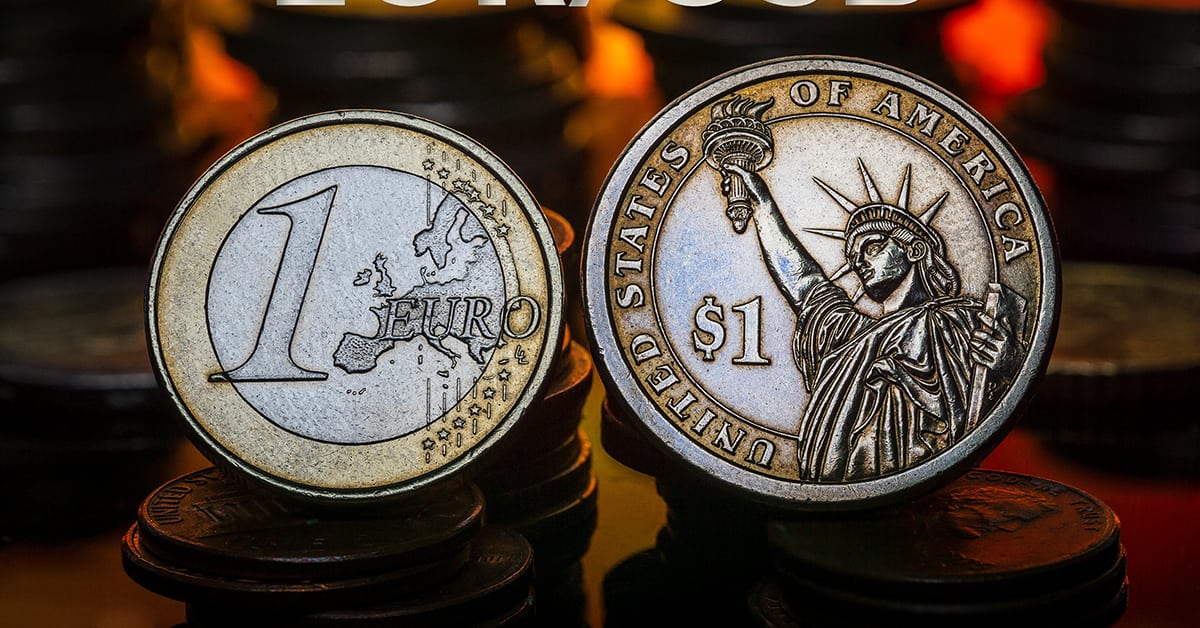Russia's war in Ukraine has led to a spike in energy prices that Europe can ill afford.

For the first time in 20 years, the euro reached parity with the US dollar, losing about 12% from the start of the year. A one-to-one exchange rate between the two currencies was last seen in December 2002.
It all happened remarkably fast. The European currency was trading close to 1.15 against the dollar in January—then, the free fall.
Why? Russia’s invasion of Ukraine in February led to a swift spike in energy prices. That, together with soaring inflation and fears of a slowdown in Europe, sparked a global selloff of the euro.
“There have been three powerful drivers of dollar strength against the euro, all converging at the same time,” notes Alessio de Longis, senior portfolio manager at Invesco. “One: The energy-supply shock caused by the Russia-Ukraine conflict caused a meaningful deterioration in the trade balance and current account balance of the eurozone. Two: Rising recession probabilities are leading to global haven flows into the dollar and hoarding of dollars by foreign investors. Three: In addition, the Fed is raising rates more aggressively than the ECB [European Central Bank] and other central banks, hence making the dollar more attractive.”
In June, the Federal Reserve announced the biggest rate hike in 28 years, and more increases are in the cards.
Conversely, the ECB is lagging behind with its tightening policies. A 40-year-high inflation and a looming recession are not helping. Global banking giant Nomura Holdings expects eurozone GDP to drop 1.7% in the third quarter.
“Multiple factors are driving the euro-dollar exchange rate, but the euro’s weakness is mainly driven by the dollar’s strength,” says Flavio Carpenzano, fixed income investment director, Capital Group. “Divergence in economic growth, and monetary policy dynamics between the US and Europe, may continue to support the dollar against the euro in the next months.”
Many strategists expect a well-below-parity level for the two currencies, but not long term.
“In the near term, there should be more downward pressure on the euro-dollar exchange, to potentially reach the 0.95 to 1.00 range for a period,” adds de Longis. “However, as recession risks materialize in the US, towards the end of the year, a rebound in the euro is likely.”



